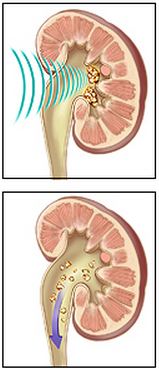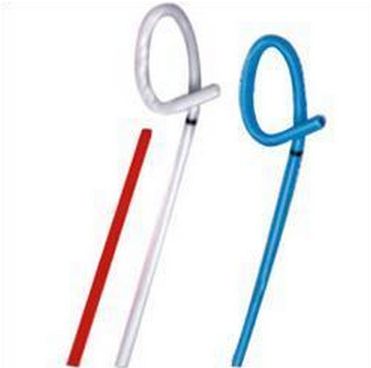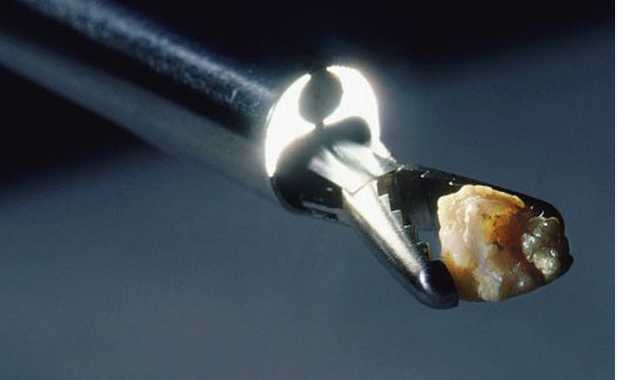

Clean Intermittent Catheterization for Men


Clean Intermittent Catheterization (Men) : Clean Intermittent catheterisation (CIC) is a medical technique used by patients where they need either short term catheter-based management of the urinary bladder or as a daily habit for life. CIC is considered the ‘gold-standard’ for medical bladder emptying. Intermittent catheterization can be done by the patient or a caregiver in home environment. CIC can be performed in both male and female patients.
Intermittent catheterization techniques are often used when you have the ability to use a catheter by yourself or someone can do it for you. In this process, you insert the catheter -a thin, flexible, hollow tube-through the urethra into the bladder and allow the urine to drain out. It is done at scheduled times, and the catheter is not permanent. There are many types of catheters available in the market based on the material used to manufacture them for example from red rubber/Latex (cheapest and may cause allergic reactions) to Silicone (Moderate to High priced but is very comfortable and are not known to cause reactions).
In general, an ICP requires that you limit your fluids. You and your doctor will figure out how much fluid you can consume each day and what times are best to use the catheter.
Advantages of Clean Intermittent catheterisation (CIC) Technique:
People with neurogenic bladder disorders like spina bifida or multiple sclerosis, spinal cord injury, and non-neurogenic bladder disorders like obstruction due to prostate enlargement, urethral strictures or post-operative urinary retention, need to be continuously catheterised to empty their urinary bladders. But such continuous catheterisation can often lead to problems like urinary tract infections (UTI), urethral strictures or male infertility. Intermittent catheterisation at regular intervals avoids such negative effects of continuous long term catheterisation, but maintaining a low bladder pressure throughout the day.
How to use the catheter :
Following is a general outline of the procedure. Your Doctor, most likely a Urologist will show you and/or a loved one how to perform a catheterization at home.
Preparation:
- Be sure you have everything you need. This typically includes a catheter, a water-based lubricant, a container to collect the urine, latex or medical gloves, and cleansing material, such as cotton balls, paper towels, soap, and antiseptics.
- Wash your hands thoroughly with soap and water, and put on the gloves. Gloves are optional.
- Wash the tip of your penis with soap and water, or use an antiseptic.
- Position the end of the catheter so that urine can flow out into a collection container.
Catheterization Instructions for Patients(Men):


- Wash hands thoroughly with soap and water.
- Find a comfortable position. Some men prefer to stand for the procedure but it can be done just as easily in the sitting position.
- Hold the penis perpendicular to the body (pointing towards the umbilicus) and wash the urethral opening (meatus) with soap and a clean washcloth. For uncircumcised men, retract the foreskin first and clean the meatus in the same way.
- Lubricate about 2 in. (5.1 cm) of the tip of the catheter.
- Slowly and gently insert the catheter into the meatus, approximately 6-8 inches or until urine begins to flow. Often the entire length of the catheter must be inserted (to the hub, or end of the catheter) for urine flow to occur.
- There may be some resistance to the passage of the catheter at the prostatic urethra, the portion of the urethra where the prostate lies. If this occurs, hold firm, gentle, steady pressure and the external sphincter will fatigue. Muscle relaxation will be felt and the catheter will advance through this part of the urethra. If you cannot insert the catheter, do not force it. Stop, and call your doctor.
- There may also be resistance at the bladder neck, the internal sphincter (the opening from the urethra to the bladder). Using firm, gentle, steady pressure should cause the muscles to fatigue and allow the catheter to pass into the bladder. If you cannot insert the catheter, do not force it. Stop, and call your doctor.
- Keep the catheter in place until the flow of urine stops. Slowly and gently withdraw the catheter allowing for any pockets of urine at the base of the bladder to drain. When there is no further flow of urine, remove the catheter.
- If requested by the physician, record the amount of urine.
- Clean and store the catheter.
Catheter Maintenance:
One-time-use catheters can be thrown away after each use. If you have a reusable catheter, you will need to wash and dry it after each use.
To clean your catheter:
- Wash the catheter with soap and water, or put it in an antiseptic solution.
- Rinse the catheter, inside and out, with clean water. Some people use a syringe to push soapy water through the catheter.
- Dry the catheter. Place it on a clean towel, fold the towel over, and hang the towel on a rack.
- When the catheter is dry, place it in a plastic bag.
In case of any doubt or concern please feel free to contact us.






